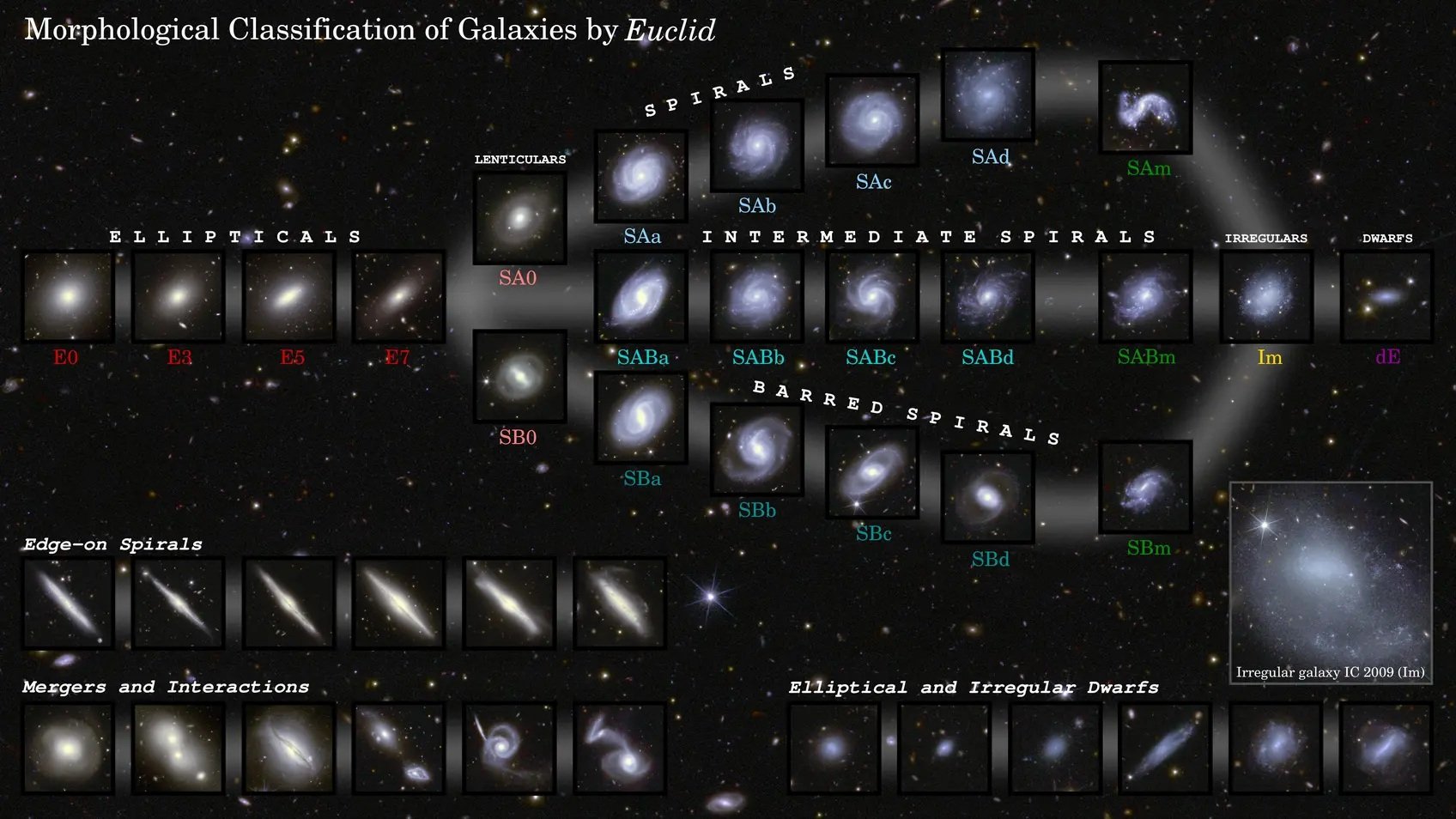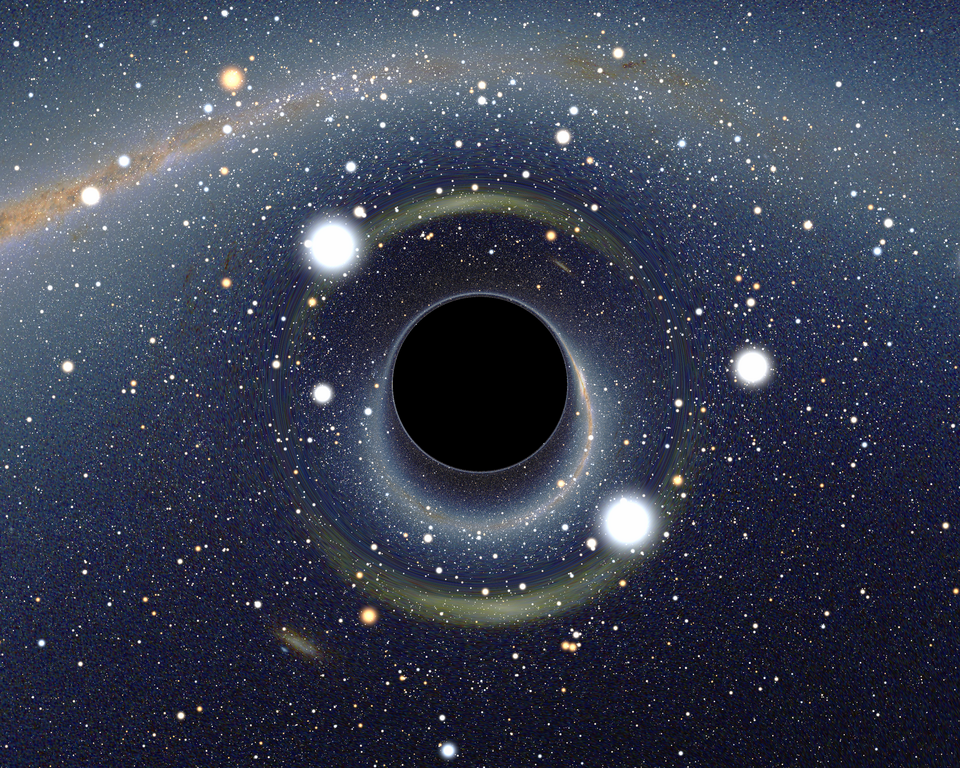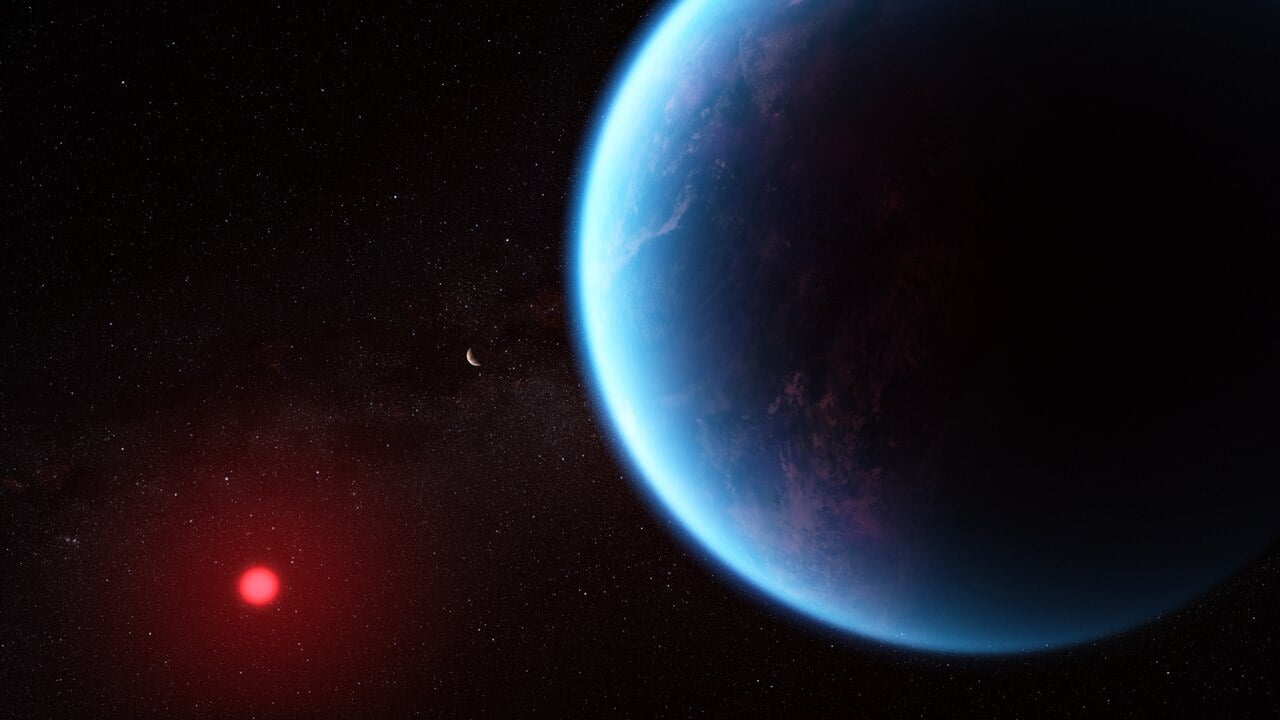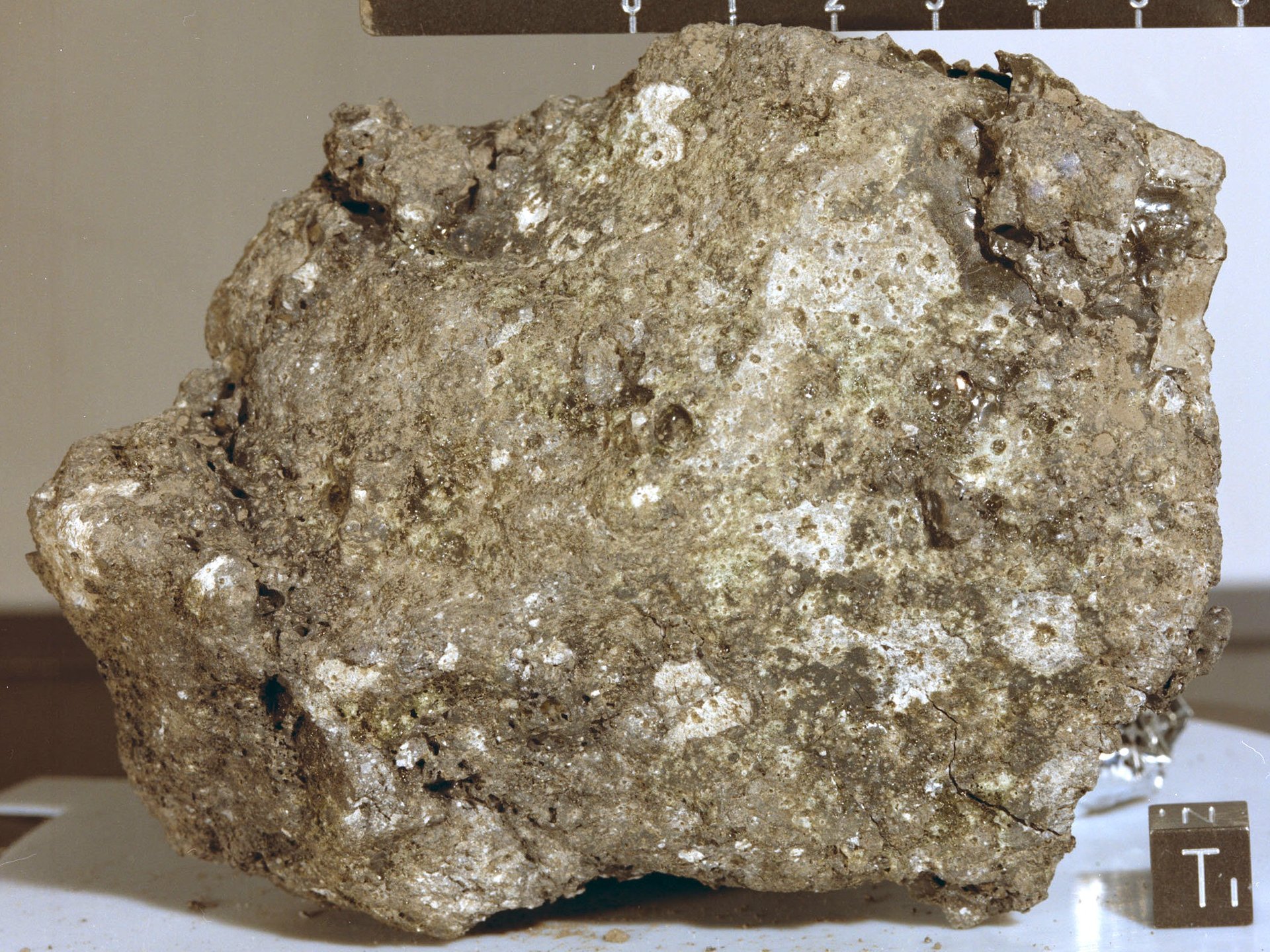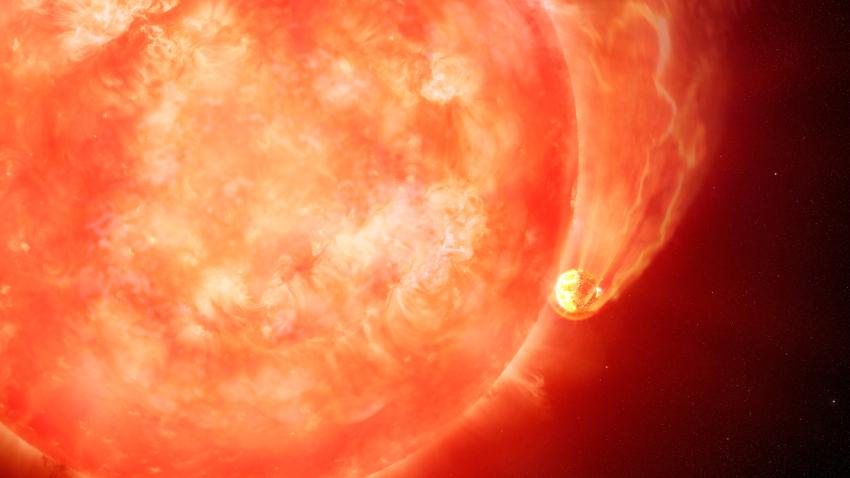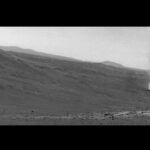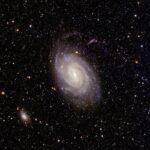New evidence suggests the standard model of cosmology is wrong, but the results could resolve the long-standing Hubble Tension problem in modern cosmology.
Universe Today9- Page
ESA’s Euclid space telescope is revealing the patterns of galaxy evolution of millions of galaxies across cosmic time. Scientists from the Max Planck Institute for Extraterrestrial Physics (MPE) are using
After spending four years converting a massive cargo ferry into a rocket catching ship, Blue Origin scrapped the entire vessel and started from scratch. The story of Jacklyn, named after
Billions of years ago, a rogue planet eight times more massive than Jupiter tore through our Solar System, passing closer to the Sun than Mars orbits today. That single violent
In 2023, gravitational wave detectors caught two black holes colliding 7 billion light years away, both spinning at nearly the speed of light and both existing in a mass range
When astronomers detected potential biosignatures in the atmosphere of exoplanet K2-18 b, it raised a critical question, ‘could this world’s atmosphere even survive its host star’s radiation?’ A new study
NASA’s plans for a permanent lunar base face the threat of up to 23,000 micrometeoroid impacts per year travelling at speeds of 70 kilometres per second. A new study quantifies
Aboard China’s space station, astronauts have begun using a new hot air oven delivered by Shenzhou XXI to prepare freshly baked dishes, including chicken wings and steaks, as shown in
As stars age, they expand. That’s bad news for planets orbiting close to their stars, according to a new study published in the Monthly Notices of the Royal Astronomical Society
Insects have been travelling to space since 1947, but now they might become dinner for astronauts on missions to the Moon and Mars. A new European Space Agency study explores
-
 012024 in Review: Highlights from NASA in Silicon Valley
012024 in Review: Highlights from NASA in Silicon Valley -
 02Panasonic Leica Summilux DG 15mm f/1.7 ASPH review
02Panasonic Leica Summilux DG 15mm f/1.7 ASPH review -
 03How New NASA, India Earth Satellite NISAR Will See Earth
03How New NASA, India Earth Satellite NISAR Will See Earth -
 04And Thus Begins A New Year For Life On Earth
04And Thus Begins A New Year For Life On Earth -
 05From Polymerization-Enabled Folding and Assembly to Chemical Evolution: Key Processes for Emergence of Functional Polymers in the Origin of Life
05From Polymerization-Enabled Folding and Assembly to Chemical Evolution: Key Processes for Emergence of Functional Polymers in the Origin of Life -
 06Astronomy Activation Ambassadors: A New Era
06Astronomy Activation Ambassadors: A New Era -
07SpaceX launch surge helps set new global launch record in 2024



